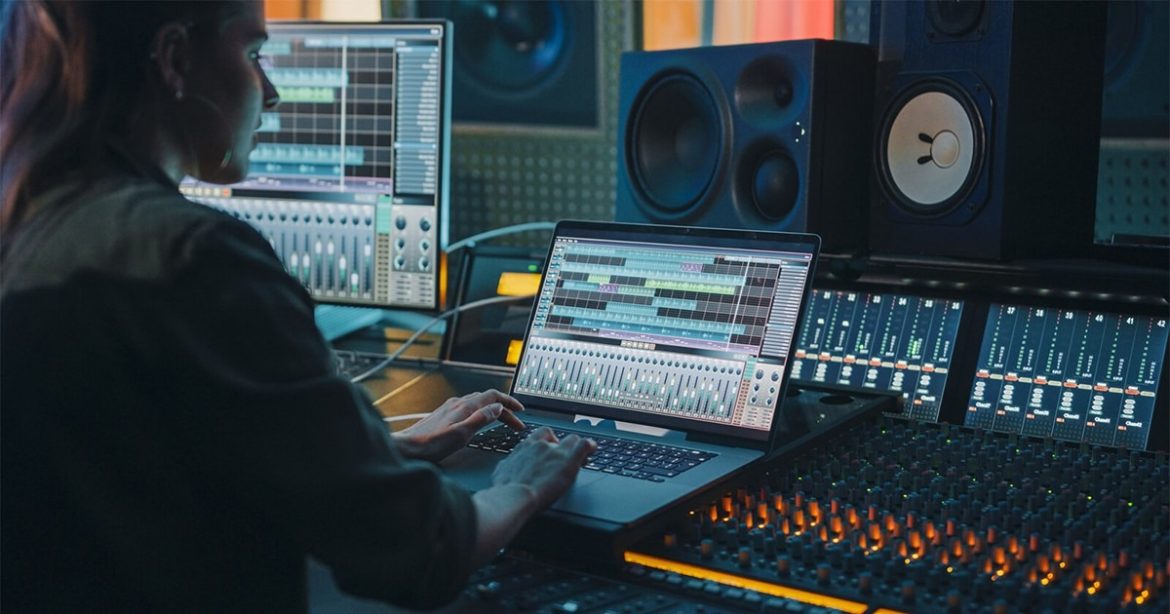Sound design plays a crucial role in shaping the immersive experience of video games. From creating ambiance to conveying narrative and enhancing gameplay, audio elements contribute significantly to the overall enjoyment and engagement of players. In this article, we’ll explore the multifaceted role of sound design in video games, examining its impact on player experience, storytelling, and game mechanics.
Creating Immersive Environments
Environmental Soundscapes
One of the primary functions of sound design in video games is to create immersive environments that draw players into the game world. Environmental soundscapes, including ambient sounds such as wind rustling through trees, birds chirping, or distant traffic noises, help establish the setting and atmosphere of the game. These subtle audio cues contribute to the sense of realism and presence, making players feel like they are truly inhabiting the game world.
Dynamic Audio Systems
Modern video games employ dynamic audio systems that adapt to the player’s actions and the changing environment. Dynamic soundtracks seamlessly transition between different music tracks or intensify in response to in-game events, such as combat encounters or dramatic plot developments. These dynamic audio systems enhance immersion by synchronizing the audio experience with gameplay, ensuring that the sound design remains engaging and responsive throughout the player’s journey.
Enhancing Storytelling and Narrative
Character Voice Acting
Voice acting plays a crucial role in bringing characters to life and conveying emotions, personalities, and motivations. Talented voice actors imbue characters with depth and authenticity, enriching the narrative and enhancing player engagement. From dramatic dialogue exchanges to comedic banter, voice acting adds a layer of emotional resonance to the storytelling experience, allowing players to connect more deeply with the game’s characters and narrative arcs.
Sound Effects and Cinematic Techniques
Sound effects are essential for punctuating key moments in the game and creating cinematic experiences. Whether it’s the clang of swords in a swordfight, the roar of engines in a high-speed chase, or the eerie creaking of a haunted house, sound effects add drama, tension, and excitement to gameplay sequences. By employing cinematic techniques such as surround sound, directional audio, and spatial audio processing, game developers can immerse players in a rich audio landscape that enhances the storytelling and narrative immersion.
Shaping Gameplay and Player Feedback
Audio Cues and Feedback Loops
Sound design also plays a critical role in shaping gameplay mechanics and providing player feedback. Audio cues, such as footsteps signaling approaching enemies or the distinctive sound of a weapon reloading, provide vital information to players, allowing them to make split-second decisions and react to in-game events. Additionally, audio feedback loops, such as the satisfying “ping” of a headshot or the triumphant fanfare of completing an objective, reward players for their actions and reinforce positive gameplay behaviors.
Accessibility Features
Sound design can also contribute to making games more accessible to players with disabilities. Subtitles, audio cues, and visual indicators can help deaf or hard-of-hearing players navigate the game world and understand important information that would otherwise be conveyed through sound alone. Accessibility features such as customizable audio settings, including volume sliders and audio balance controls, ensure that players can tailor the audio experience to their individual needs and preferences.
Conclusion
In conclusion, sound design plays a multifaceted and indispensable role in the world of video games. From creating immersive environments and enhancing storytelling to shaping gameplay mechanics and providing player feedback, audio elements enrich the gaming experience in myriad ways. As technology continues to advance and player expectations evolve, sound designers will continue to push the boundaries of creativity and innovation, further elevating the artistry and impact of sound design in video games.

